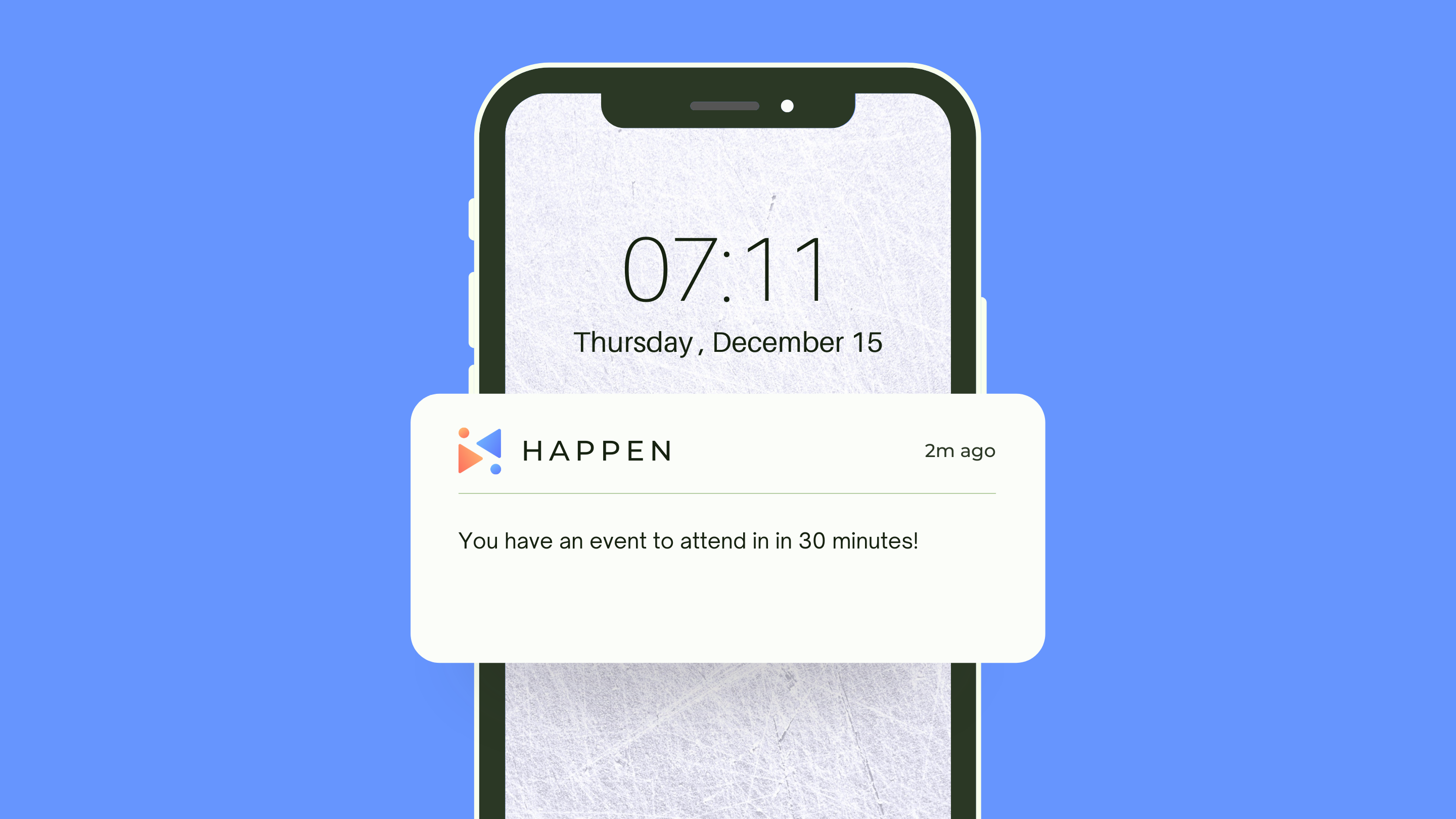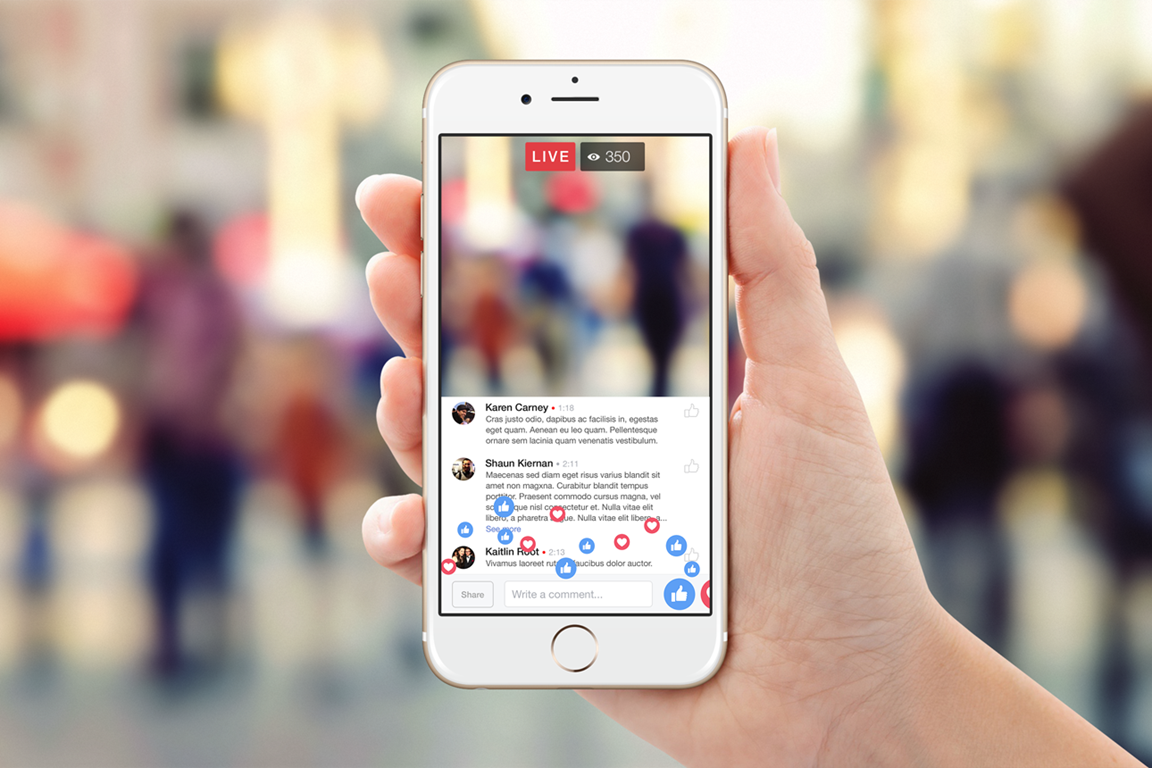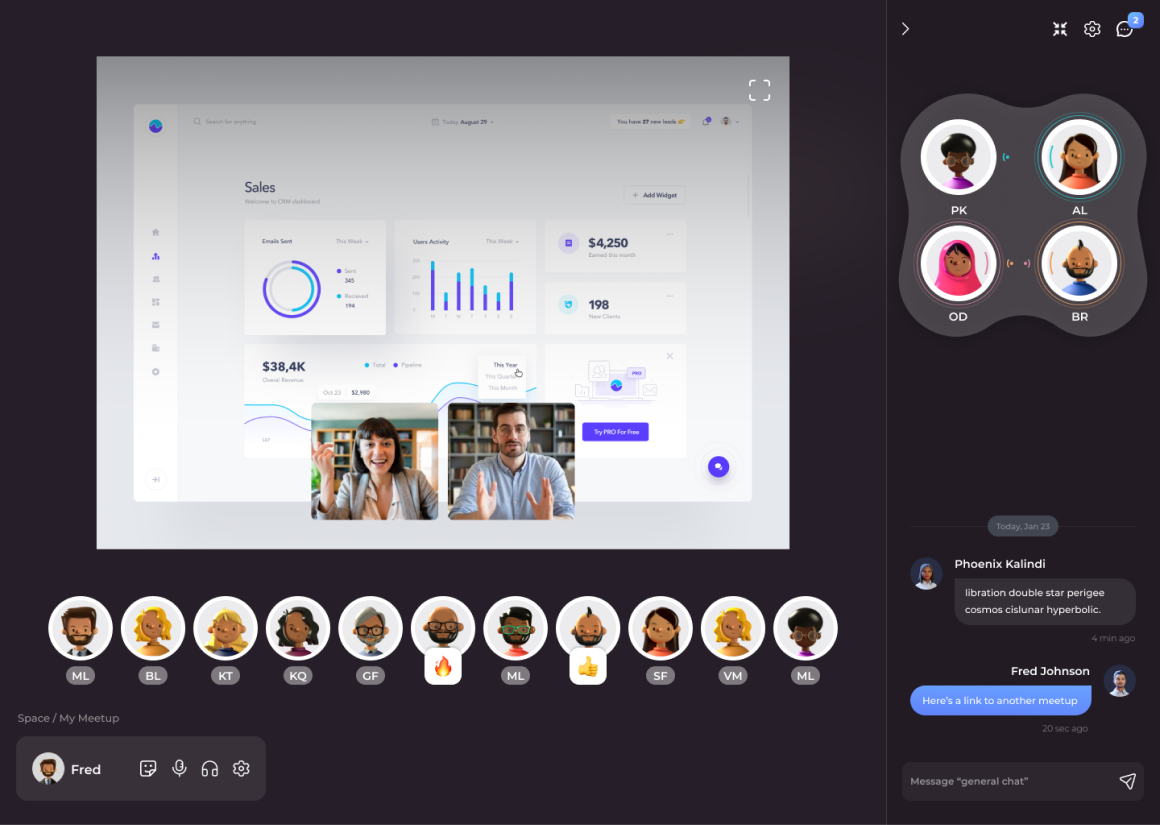5 Tips For Online Meetups That Actually Work

If you organise a meetup that involves presentations like a tech meetup, then you might have tried experimenting running one online in the past and found the results to be less than satisfactory. Lower attendance rates, more flaking, less random conversations, and, most importantly, less fun.
As a tech meetup organiser, I was less than enthusiastic when the pandemic forced the switch to online events. Over 15 years of organising tech meetups, I’d experimented to work out what makes the best in-person meetups, so I decided to do the same for online ones. Here are what I’ve learned:
#5 Start Later
In my experience, an in-person meetup works best after work on a weekday, around 6:30-7pm (although this can depend on the city and traffic and commuting). An online event is different. With online, if you set a time this early then your audience will have to choose between staying at the office, rushing home, trying to eat beforehand, or somehow getting food to eat while watching. If they have a family then often they are having to choose why they can’t eat and socialise with their family, and instead, lock themselves in their room.
Generally I’ve found 8:30-9pm works best as food, commuting and kids’ bedtimes are often all done by then. It’s still early enough for a couple of hours hanging out. There is a reason why 8pm-11pm is the traditional prime time slot for tv shows on network tv.
Online or offline you are always better off picking the said day of the month.
#4 More reminders
I can’t tell you how many online events I’ve had every intention of attending, and then realising hours after I’d missed it. Since an in-person meetup requires more planning about when to leave work/school/home and letting others know you will be out; the process seems to keep the event top of mind. Online events, however, I find myself on cruise control getting home, preparing dinner, and then just forgetting the time I was supposed to open my laptop and login.
Try the following:
- Last minute reminder email and postings the same day and just before the online meetup starts
- Encourage members to use the calendar button you should have on your site. Ensure this button has an alarm set 30 mins before the start of the event.
- Use an online platform with a mobile app (like happen.space) that has mobile app notifications built in
- If your community has online chat rooms, or other forums, be sure to send reminders there that the event is starting

#3 Don’t livestream it
One of the more obvious ways to run an online meetup is to use Facebook or Youtube Live or a similar platform. Live streaming is tempting because these services are easy to use, free, scalable to huge audiences, and combined with a service like StreamYard, can give you a professional looking video that can continue to attract an audience after the event. What you lose, however, is the interaction of your audience with each other. The secret sauce of a meetup is that presentations are only there to bring people together to meet each other, and it’s these meetings which people will come back for and will grow your community. The “content” or presentations is really just the bait to get a hesitant shy outsider engaging and attending regularly.
Don’t get me wrong, posting videos of the event and presentations afterwards can be a good choice to promote your event to a wider audience who might find these videos months or years later. However, it may also reduce the chance of someone attending it live if they know in advance presentations can be watched at any time. Work out which is right for your audience.
Chat within live streaming can be effective at getting shyer members of the audience to interact with the speakers and to a small extent with each other, but it is still not a substitute for the separate conversations that happen at a real event.

#2 Don’t zoom it
Or Jitsi, or Google Meet, or Teams, or any other video call. While these tools can make sense for meetings and very structured discussions with a smaller group of people; they quickly become awkward when used for more relaxed discussions, especially with larger groups. Zoom and others do have breakout rooms to handle different conversations at once but this can result in more problems with people jumping in and out of conversations abruptly. Often there aren’t good ways to broadcast to all the rooms to coordinate and bring people back together again. While video chat does let you see facial expressions, it doesn’t reproduce the conversational natural turn-taking that happens with eye contact and body language in a real space.

#1 Pick the right platform that works on all devices
In my experiments I tried many different platforms for real events, from chat servers like Discord, 3D avatar based worlds like Mozilla hubs, and 2D spatial audio rooms like Gather.town.
In the end, I found that 2D spatial audio platforms worked the best, as they seemed to reduce the awkwardness of starting and joining conversations without being too hard to use. Some worked better than others but all had downsides
- Awkwardness of people jumping in and out of voice room conversations
- Lack of support for mobile-base use which a fair number of people prefer to use when home
- High CPU or slow UI
- Either too much overhearing of other people’s conversations or too little
- Unintuitive movement controls
- Weird unprofessional avatars that created the wrong vibe
- Inability to open the space at a certain time so people don’t wander in too early and then leave before others show up
- Presentation capabilities can be lacking making it hard for the audience to read slides
This is why we made Happen.Space. A 2D spatial audio platform that solves all of the problems we found and adds much more!

- Built-in text chat rooms that continue to work between events to provide more ways for your community to interact
- Has a new conversation model that is both intuitive and much closer to how people talk to each other in a social setting, reducing awkwardness and making it easy to talk with friends or strangers

- Built-in games and icebreakers to help get people engaging with each other and have more fun doing it. This will keep conversations going even with a single organiser.
- Spaces and limits that scale with your event so there are no problem if your event ends up being more popular than you expected